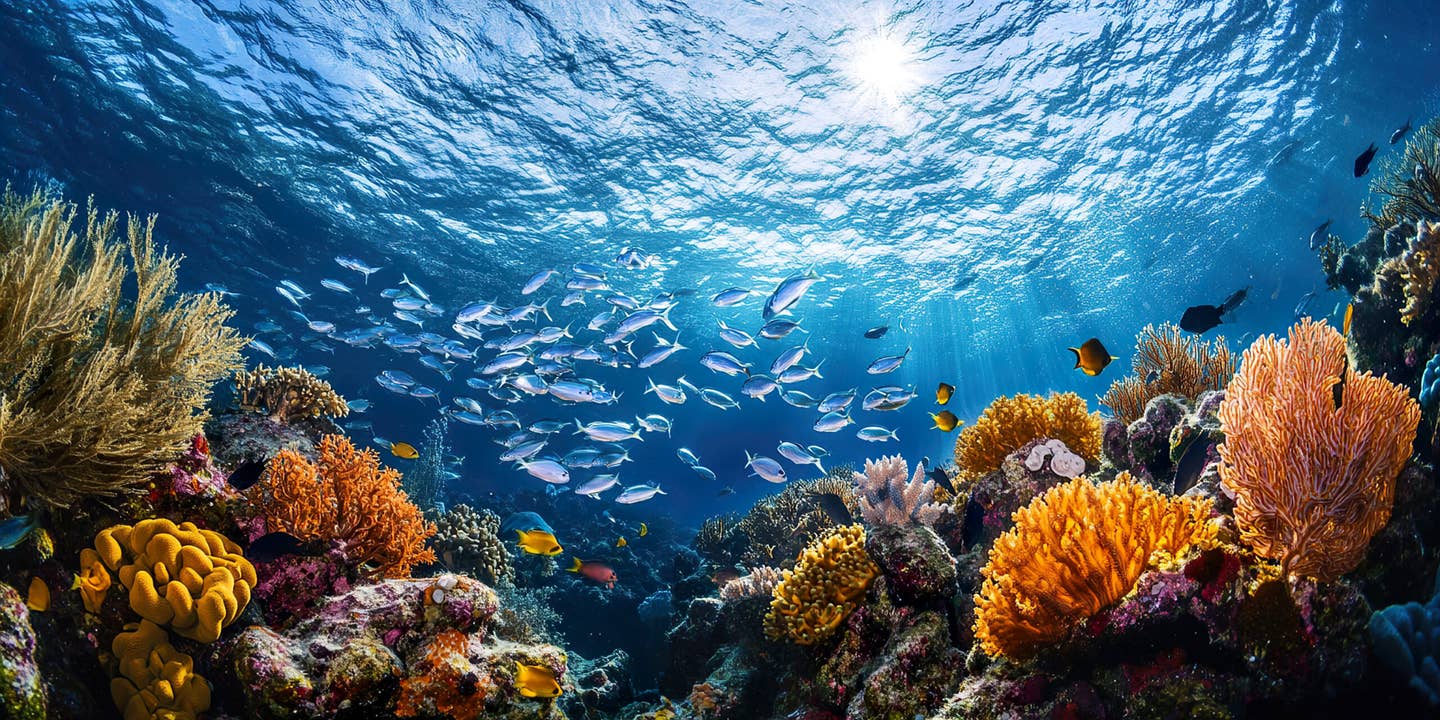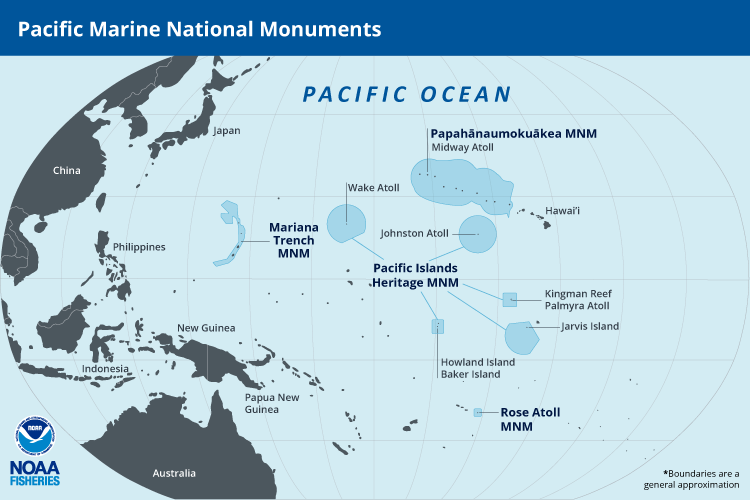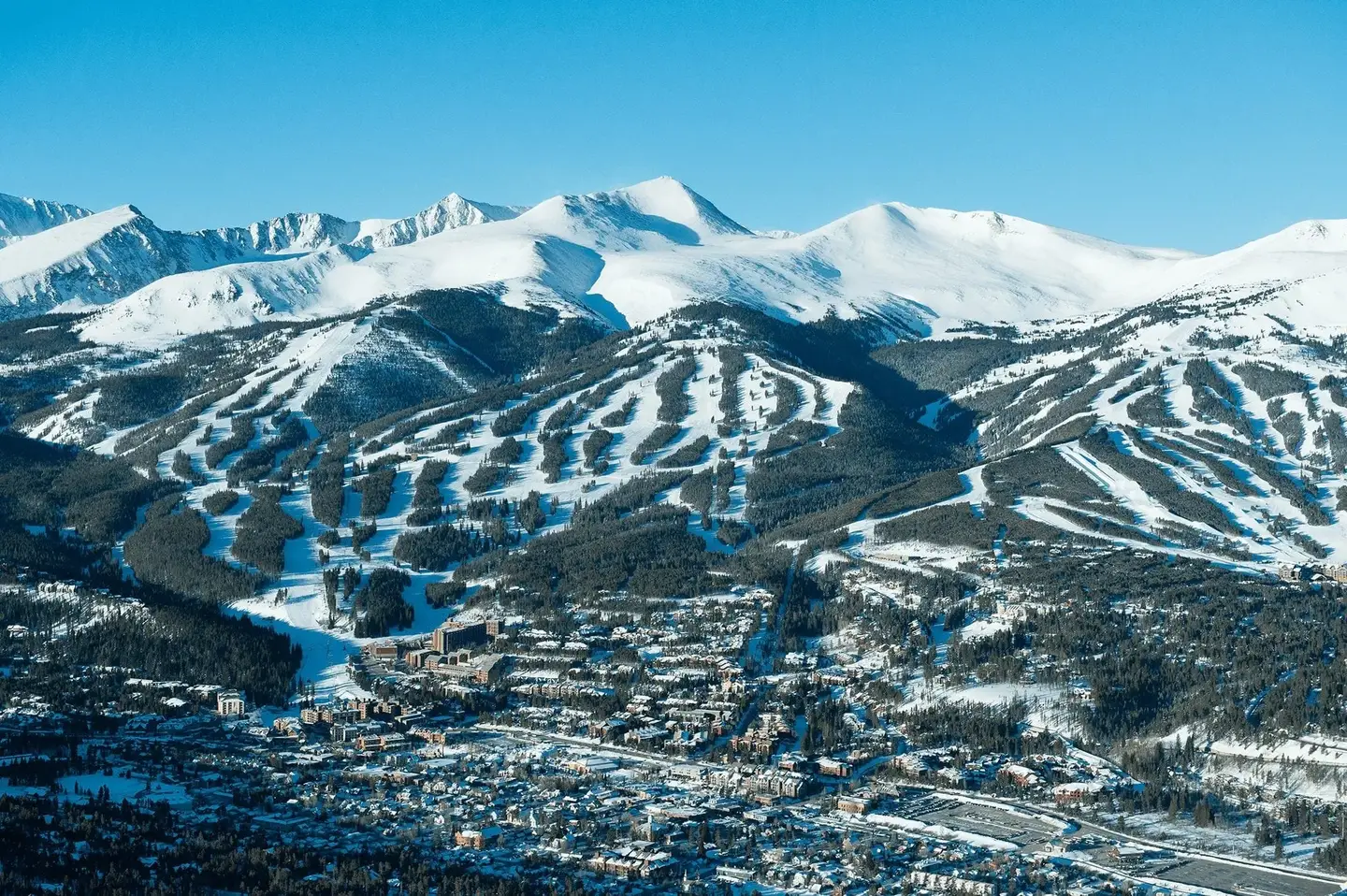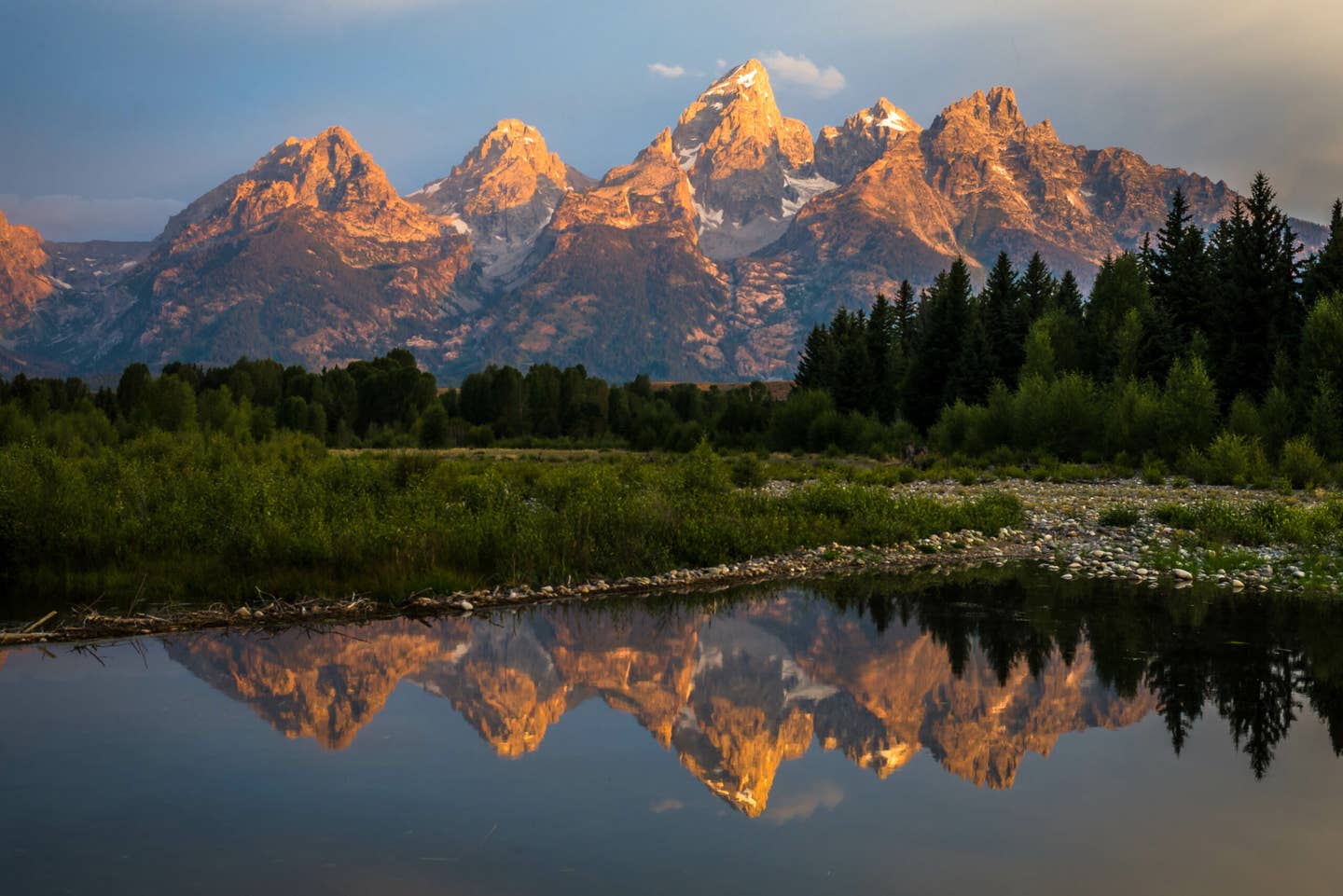

The Changing Tides of Protection for a U.S. Marine Monument
Popular Stories
Deep in the central Pacific Ocean lies one of the largest marine protected areas on Earth: the Pacific Islands Heritage Marine National Monument. This vast sanctuary, that's approximately 490,000 square miles, is a global treasure, safeguarding some of the most pristine and undisturbed marine ecosystems remaining on our planet. The monument is the focus of a significant debate regarding its management and the balance between conservation and commercial use.
The Ultimate Blue Room
Imagine an underwater wilderness stretching farther than you can see. That’s the Pacific Islands Monument. It’s a collection of seven remote islands and atolls surrounded by some of the most pristine coral reefs and gnarly deep-sea mountains on the planet. This place is teeming with life: sharks, sea turtles, whales, and thousands of fish species that call these waters home. For decades, this sanctuary has been a critical lab for scientists studying climate change impacts on marine environments and a vital refuge for marine life to thrive without human pressure. It’s not just an ecological treasure; for Native Hawaiians, this area, known as Moananuiākea, is a sacred ancestral space, a living piece of their cultural heritage. The monument's protections have long been seen as a way to honor and preserve this heritage.

A Shift in Protection
A recent presidential proclamation has flipped the script, opening up huge swaths of the monument to commercial fishing fleets. The argument is that it will help the American tuna industry, since tuna are migratory and just passing through. But for a place that’s been a sanctuary for so long, the idea of longliners dropping gear into these pristine waters is a tough pill to swallow.
Sign Up for the TGR Gravity Check Newsletter Now
A Full-On Pushback
The pushback from scientists, conservation groups, and Native Hawaiian organizations was immediate and fierce. They’re sounding the alarm, warning that industrial fishing could be devastating for the monument's fragile ecosystem. The big fear is bycatch—the sharks, turtles, and seabirds that get unintentionally snagged in the gear meant for tuna. These groups argue that sanctuaries like this are critical for the health of the entire ocean, acting as a nursery for fish populations that spill over and support fisheries everywhere.
The fight is now headed to the courts. Several environmental organizations have filed a lawsuit challenging the proclamation, arguing it represents an unlawful overreach of executive authority. The legal challenge contends that the Antiquities Act of 1906, used to create national monuments, does not grant a president the authority to significantly reduce or remove protections from an existing monument.
The future of the Pacific Islands Heritage Marine National Monument is now at a crossroads. The ongoing debate and legal proceedings will determine the level of protection afforded to this globally significant ecological and cultural resource, setting a potential precedent for the management of protected areas nationwide.



